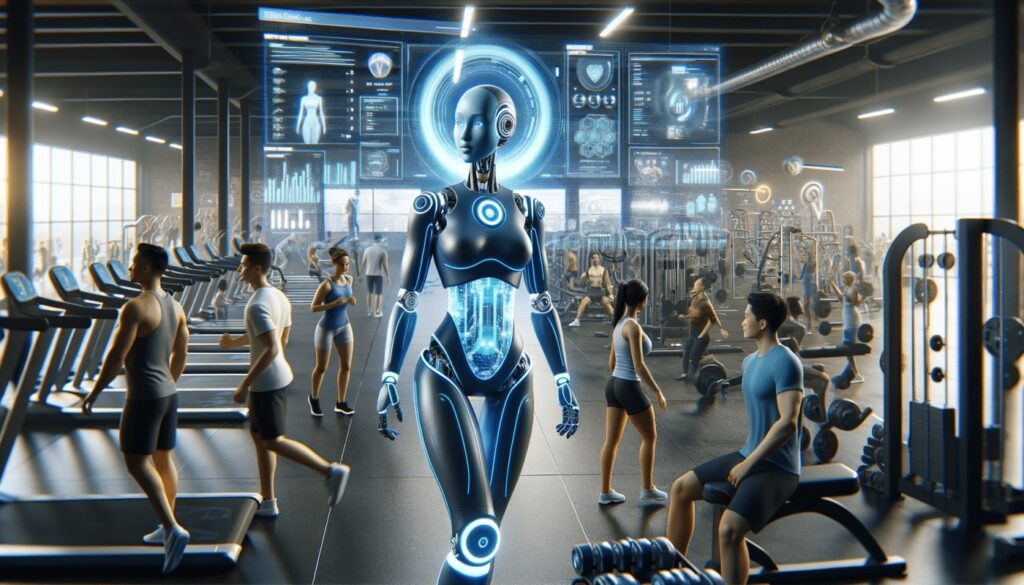In this post we discuss why AI won’t help you in the gym just yet and what might be coming that will.

Take a read of this excerpt from a social media post.
‘Wearables track every heartbeat; AI personalises workouts, recovery lounges rival spas, functional training complement machines, and virtual coaching makes geography irrelevant. The only constants are dumbbells, plates, and benches. Everything else is evolving.’
Yet people are still performing exercises poorly.
Walk into any gym and within 10 seconds you’ll see somebody making a dog’s dinner of an exercise.
If we drove cars the way we exercised, we’d all be living in Paris.
I’m reminded of a line from the Samuel Taylor Coleridge poem, The Rime of the Ancient Mariner. Water, water, everywhere, not a drop to drink.
Everyone is moving around but very little of it is useful
So all this tech is available but none of it appears to be improving how people perform exercise. Why?
It’s not what you do but how you do it
The ability to perform an exercise safely and effectively is vastly underrated.
Not only does it reduce your risk of injury, it improves your results. Particularly if your goal is reducing musculoskeletal pain or avoiding it altogether.
Whilst tech can help track what you’ve done, I don’t see anything that will tell you how well you’re doing it.
And it doesn’t really matter how many you’ve done if they were all bad.
How AI could be used in the gym to improve outcomes
As we move away from viewing resistance training solely as an aesthetic pursuit and towards a model that recognises its importance for long-term health, so the clientele changes.
We’re no longer speaking to bulletproof 25 year olds that can tolerate anything we throw at them. But rather people who have lived a little and have the wrinkles to prove it.
Anybody should be able to walk into a fitness facility, no matter what their physical condition, and be safe in the knowledge they can be helped.
I’m not sure this is currently the case.
Imagine using a machine that can assess the range of motion you should be working in, identify where you can produce adequate force and where you can’t, recognise when you begin to compensate, and communicate with you about what you should feel and where.
This would be more beneficial to the general health of the population than all the wearables, recovery methods and functional training fads combined.
The future’s here, it’s just unevenly distributed
Now of course that doesn’t mean this isn’t possible, it’s just a question of where we place our focus.
The fitness industry is prone to chasing the next shiny object. My fear is it will use AI in just that way. Rather than focusing on what will really make a difference in people’s lives, AI will be used as a sales tool to attract more members.
David Health is the only machine manufacturer currently using AI in any meaningful way. Their decision to focus on the medical application of this technology reflects the seriousness with which they view the fitness industry.
Summary
We are at the precipice of a technology revolution. If used correctly, AI has the potential to transform how we train the human body.
This will have implications for reducing health care costs and improving quality of life as our populations age.
If used poorly, we’ll just have more meaningless data and more devices to obsessively check.